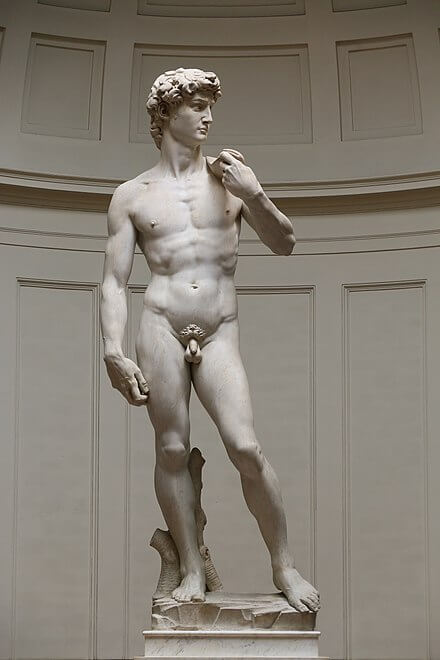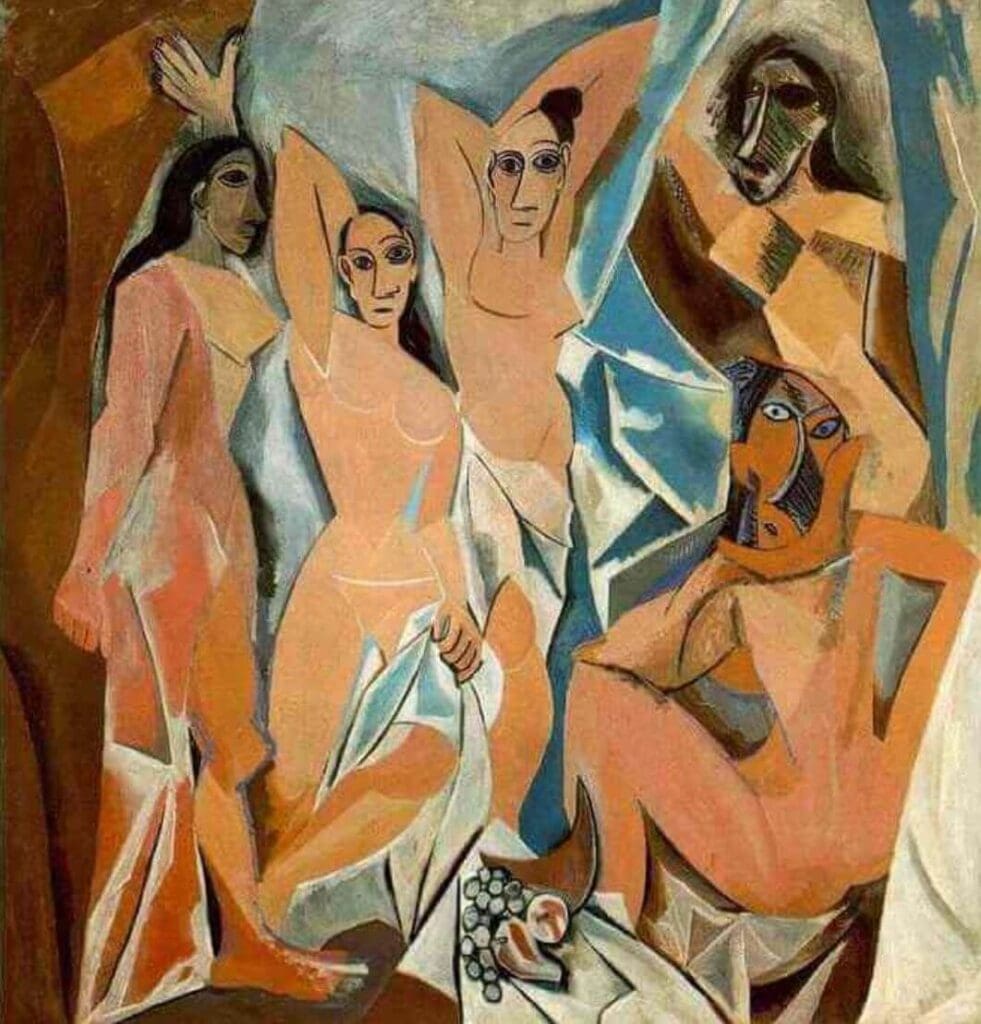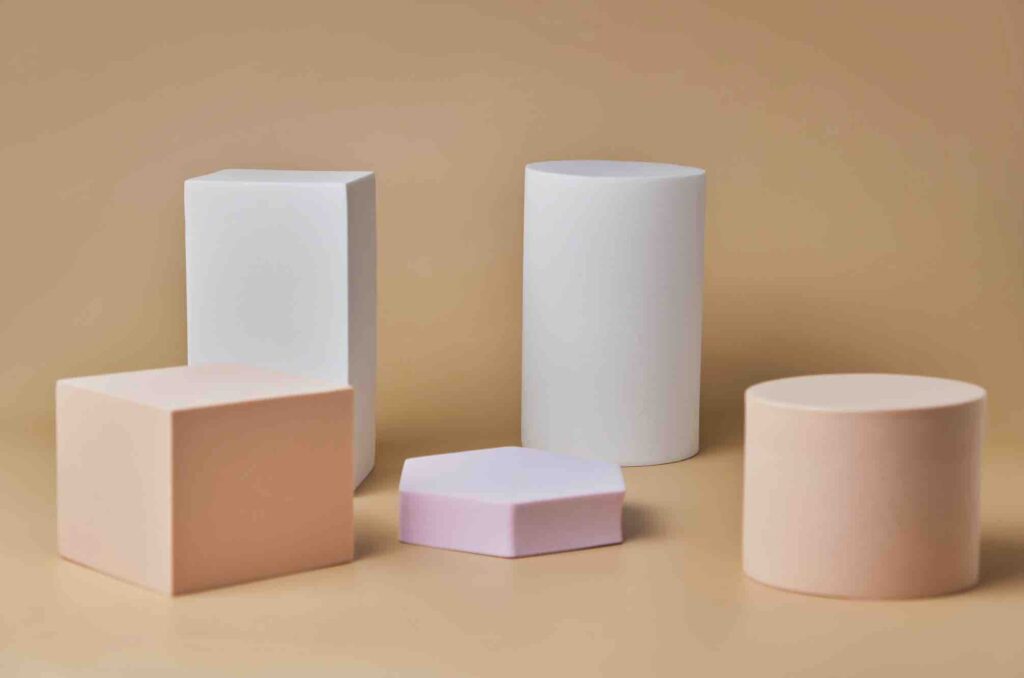The complexities of art can be overwhelming, but one of its most foundational aspects is the concept of “form.”
Beyond colors, lines, and texture, form shapes our interaction with art, influencing its creation and interpretation. This post aims to demystify the concept of form in art. We will journey from its definition to its types, from its role in sculptures to its significance in two-dimensional works like paintings and drawings.
Table of Contents
- Exploring The Many Dimensions: A Comprehensive Guide To Forms Of Art
- Frequently Asked Questions
- Related Questions
Exploring The Many Dimensions: A Comprehensive Guide To Forms Of Art
Art is a realm of infinite possibilities, a universe where the mind and hand join forces to create wonders. One fundamental concept transcending genres, mediums, and styles is ‘Form.’
Read on as we delve deep into the concept of form in art, exploring its definition, examples, and variations. By understanding form, we can better appreciate the intricacies of art in its many manifestations.
1. Definition Of Form In Art
Form refers to the three-dimensional aspect of art, encompassing volume, depth, and structure. While it often seems straightforward, it is the backbone of most artworks.
Unlike a mere shape, which is two-dimensional, form adds that extra layer of complexity by introducing the third dimension. Form is the physical or visual manifestation of an object’s dimensions and spatial relationship within a particular setting.
2. Examples Of Form In Art

- Classical sculptures like Michelangelo’s ‘David’ portray human anatomy in perfect form.

- Cubist paintings by Picasso often break down objects into geometric forms.
- Modern architecture extensively uses forms to create functional yet aesthetically pleasing structures.
- Form creates realistic 3D models of characters, landscapes, and more in digital art.
3. Elements Of Art: Form
Art comprises line, shape, color, texture, and space. Form is often considered an element in its own right, helping to organize space and dictate the visual vocabulary of a piece.
When effectively used, a form can create an illusion of depth, induce movement, and generate emotional responses.
4. Shape And Form In Art
It’s essential to differentiate between shape and form, although they’re closely related. The shape is two-dimensional, consisting only of length and width. Circles, squares, and triangles are all shapes.

On the other hand, form adds depth, turning a circle into a sphere, a square into a cube, and a triangle into a pyramid. Artists often start with shapes and develop them into forms to add complexity and realism.
5. Types Of Art Form
There are many different kinds of art forms. Here are some of the different types of art forms.
5.1 Geometric Form
Geometric forms are those based on mathematical principles, featuring straight lines, angles, and calculable proportions. They include forms like cubes, spheres, pyramids, and cylinders. These forms are prevalent in modern architecture, design, and digital art.
5.2 Organic Form
Contrastingly, organic forms are irregular and often asymmetrical, imitating natural elements like rocks, water, and biological forms. Organic forms usually don’t have a formulaic construction, making them more unpredictable and free-flowing.
6. Form In Sculpture
Sculpture is perhaps the art form where the concept of ‘form’ is most directly applicable, as it involves creating three-dimensional objects.
6.1 Types Of Sculpture
- Relief Sculpture: A type where the figures are carved into a flat surface.
- Freestanding Sculpture: Sculptures that are independent and can be viewed from all angles.
- Kinetic Sculpture: Sculptures that incorporate movement.
6.2 Sculpture History
From the ancient Greek marble to Michelangelo’s Renaissance masterpieces and modern abstract forms, sculpture has always been about manipulating form to represent various subjects.
6.3 Modern Sculpture
Contemporary sculpture often challenges traditional ideas of form, using unconventional materials like metal, glass, and even light to create new forms that may be fluid, dynamic, or even temporary.
7. How To Represent Form In Paintings And Drawings
In two-dimensional arts like painting and drawing, representing form is a challenge. Artists use shading, foreshortening, and perspective to give the illusion of three-dimensionality.
The choice of color, light source, and texture contributes to how form is perceived.
8. The Importance Of Form In Art
Form is not merely a technical aspect of art; it’s an expressive tool that adds meaning and depth. Whether you’re an artist, a critic, or someone who loves art, understanding form will enrich your experience and provide new layers of understanding.
The form serves as the foundation for an artist to build their vision. It establishes the spatial relationships in a work, and its manipulation can evoke moods, tell stories, and challenge perceptions.
By grasping the concept of form in art, you unlock a new dimension in how you perceive and interact with all forms of artistic expression. Form is both a starting point and an ultimate goal, a fundamental element that transforms the flat surface into a window to infinite worlds.
Anita Louise Art is dedicated to art education, great artists, and inspiring others to find and create their art. We love art that uplifts and inspires. #ArtToMakeYouSmile! #ArtToMakeYouHappy!
If you are interested to see any of my art, you can find out more by clicking here. If you are interested in what inspires me and my paintings, you can discover more by clicking here.
We have a free newsletter and would love you to be part of our community; you can subscribe to the newsletter by clicking here. If you have any questions, I would be happy to talk to you at any time. You can reach me, Anita, by clicking here.
Subscribe to our Anita Louise Art YouTube Channel filled with great videos and information, by clicking here.
Join us for our podcast “5 Minutes With Art.” Spend 5 minutes a week with us to discover and learn about great art and artists. You can find out more about our podcast by clicking here.
Frequently Asked Questions
What is the definition of “form” in the context of art?
In art, “form” refers to the three-dimensional aspect of an artwork, encompassing its structure, volume, and physical presence. It is a fundamental element that shapes how we perceive and engage with artistic creations.
How does form differ from other elements of art, such as color and texture?
While color and texture focus on the visual and tactile qualities of an artwork, form delves into its three-dimensional structure. Form emphasizes the physical shape and volume of an object, adding depth and dimension to the artistic experience.
Are there specific types of forms in art?
Yes, there are various types of forms in art, including geometric and organic forms. Geometric forms are precise and often mathematically defined, while organic forms are irregular and resemble shapes found in nature.
What role does form play in sculpture?
Form is crucial in sculpture as it defines the overall shape and structure of the three-dimensional artwork. Sculptors manipulate materials to create forms that convey meaning, emotion, or abstract concepts.
How does form contribute to the composition of two-dimensional artworks like paintings?
In two-dimensional art, form is implied through techniques like shading, perspective, and the use of light and shadow. These elements create the illusion of depth, giving flat surfaces a sense of volume and structure.
Can you explain the significance of negative space in relation to form in art?
Negative space, the empty or unoccupied areas around and between forms, is vital in defining and enhancing the visual impact of forms. It influences the overall composition, highlighting the shapes and creating a balanced aesthetic.
How do artists use form to convey meaning or symbolism in their works?
Artists use form to convey a range of meanings and symbolism. The choice of shapes, the arrangement of forms, and their proportions can communicate emotions, narratives, or abstract concepts within the artwork.
Are there cultural variations in the interpretation of form in art?
Yes, cultural perspectives can influence how forms are interpreted in art. Different cultures may ascribe unique meanings to certain shapes or forms, adding layers of cultural significance to artistic expressions.
How has the concept of form evolved throughout art history?
The concept of form has evolved significantly throughout art history. From the emphasis on realistic representation in classical art to the exploration of abstraction and non-representational forms in modern and contemporary art, the understanding and application of form have undergone dynamic changes.
Can form exist independently, or does it always interact with other elements of art?
Form often interacts with other elements of art, such as color, line, and texture, to create a holistic artistic experience. However, in certain cases, artists may deliberately isolate form to emphasize its individual impact and significance within the artwork.
Related Questions
What Is The Difference Between Fine Arts And Visual Arts?
Fine art is a broad term used to describe many different types of art; one of the arts under the umbrella of fine art is visual arts. Fine arts can include arts such as music, theatre, dance, literature, and art forms. In contrast, Visual art is about only visual arts such as painting, sculpture, or filmmaking.
By clicking here, you can discover more by reading What Is The Difference Between Fine Arts and Visual Arts?
Is Procreate Easier Than Photoshop? What Should An Artist Learn?
Procreate is a much easier computer program to learn than Photoshop, especially if you are new to the Adobe program. The Procreate program is a great computer program to lay out your artwork before painting on the canvas. Photoshop can also design your artwork, but as it is a more robust program than Procreate, it will take much longer to master.
You can discover more by reading Is Procreate Easier Than Photoshop? What One Should An Artist Learn? by clicking here.
Where Did Art Come From?
Many historians believe art started first in Africa; many ancient forms of art have been found worldwide. Cavemen art is some of the earliest forms of art. Many cultures put art on their bodies through tattooing and other art forms.
By clicking here, you can discover more by reading Where Did Art Come From?

